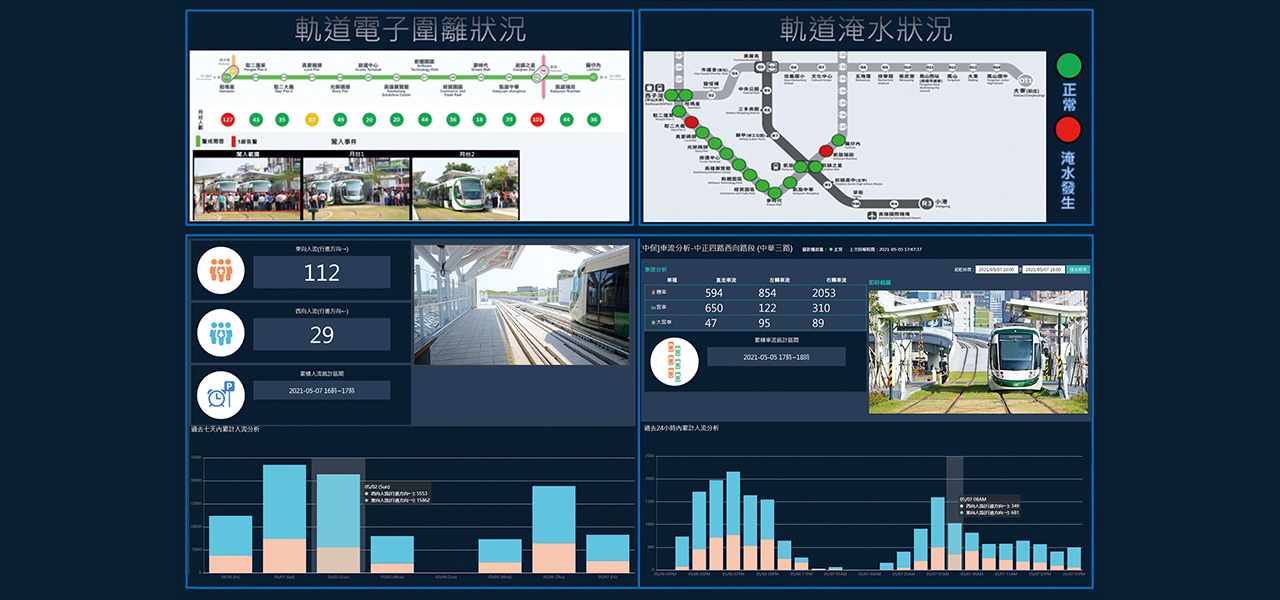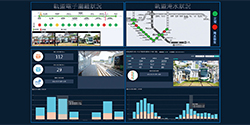Smart Traffic
Smart Revitalization of a City's Lifeline
Traffic systems are the lifeline of a city’s development.
Through intelligent image analysis, smart streetlights, digitized law enforcement, and smart parking systems, as well as integrated analysis with the cloud data-base, and real-time IoT connection, the response time will be significantly reduced, greatly improving the overall operational efficiency of a city.
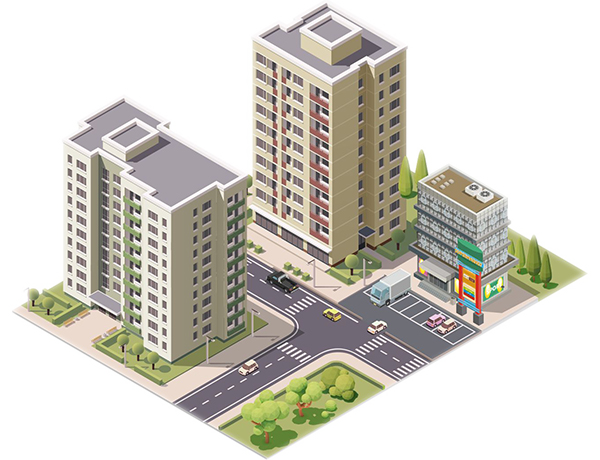
Features
Air Pollution Reminder
Traffic Detection and Analysis
Smart Parking
Smart Image Analysis
Smart Railway Application
Smart Streetlight Pole
Smart Streetlight Poles
Building standardized poles for streetlights and traffic signals based on the 4G/5G wireless communication networks (reducing wiring constructions).
Integrating all sensors and carriers, expanding Wi-Fi coverage, and offering multiple applications and innovative services, such as data monitoring, image analysis, environmental pollution monitoring, e-paper bulletin board, disaster warning, smart traffic, digitized law enforcement, and data collection.
• Smart Streetlights:
Adjusting the luminous intensity of streetlights according to surroundings, thereby achieving energy efficiency while reducing traffic accidents resulting from insufficient lighting.
• Air Quality Detection:
Monitoring the air quality in conjunction with airboxes, and distributing push alerts and reminding the public to take protective measures when the PM2.5 concentration exceeds the limits.
• Monitoring and Mitigating Traffic:
Installing intelligent cameras and employing AI image analysis for applications such as traffic monitoring, license plate identification, traffic survey, and pedestrian flow analysis to improve traffic signals, provide guidance for alternate routes, alleviate traffic congestions, and reduce accidents.
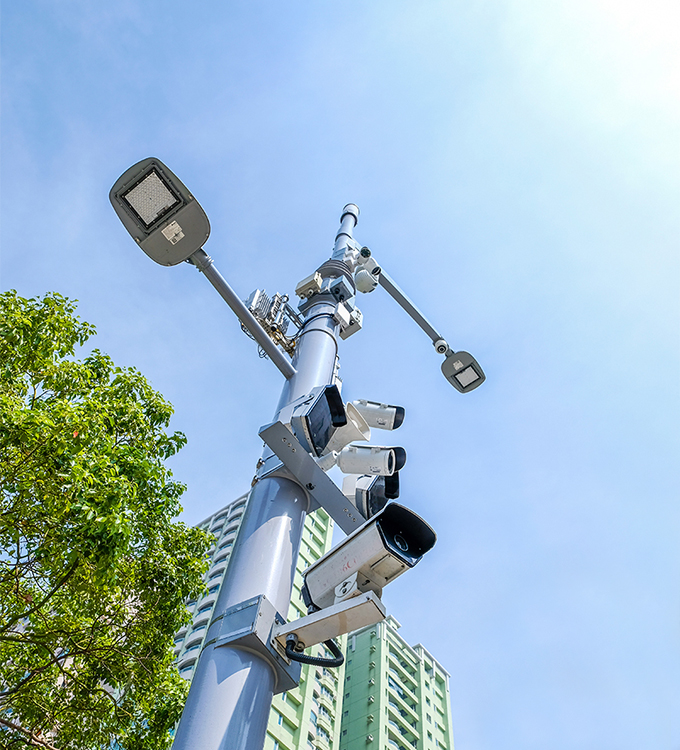
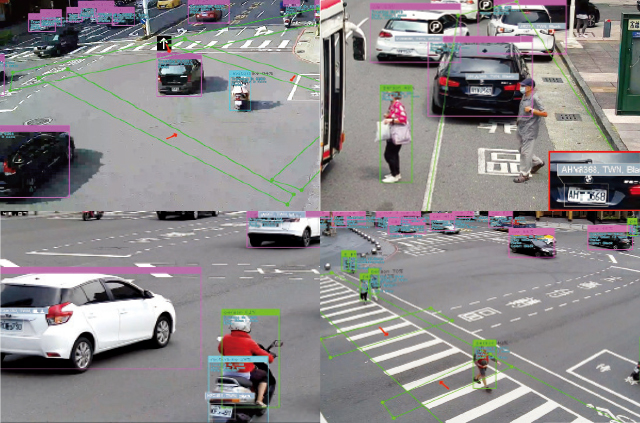
Smart Image Analysis
Applying AI image analysis to analyze and identify relevant information, providing real-time comparison to enable speedy decision-making and response measures for management and diversion, and formulating a traffic monitoring network system.
License Plate Recognition
License plates provide the basic identification for vehicles.
Recording the license plates of all vehicles for analysis and identification, and then comparing them with the blacklist database (public safety network) in order to develop a smart traffic network system to improve dynamic management and control, while satisfying the requirements of public safety, criminal investigation, and traffic management.
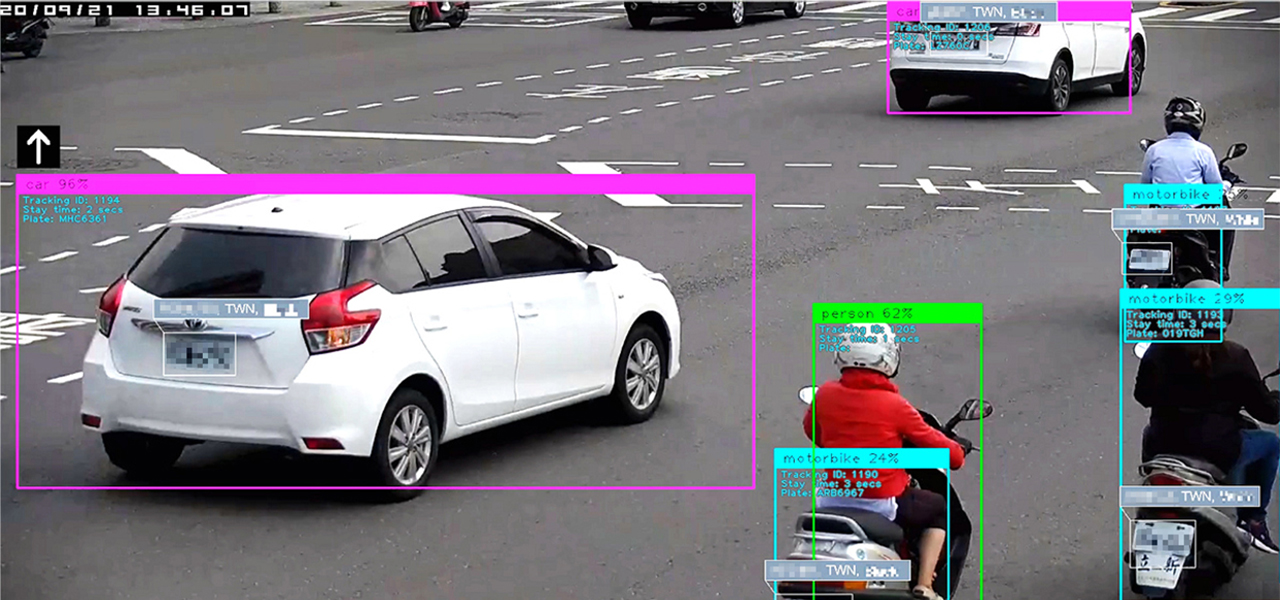
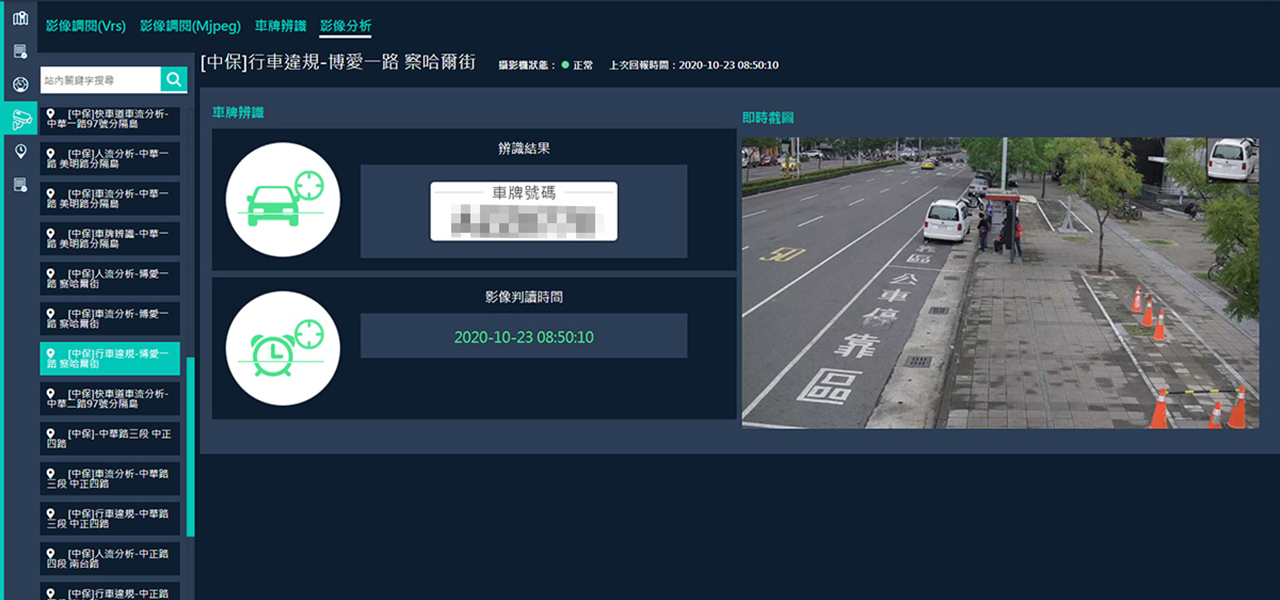
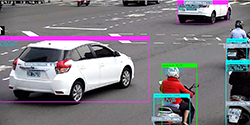
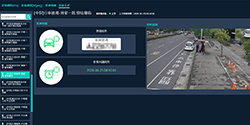
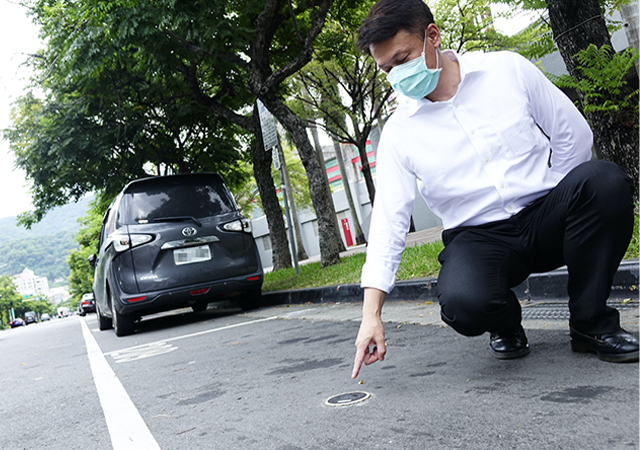
Smart Parking System
Installing the geomagnetic sensor to offer real-time updates on parking space status.
The system is compatible with smart parking poles equipped with license plate recognition technology that links to the cloud to compute parking fees, providing a more pleasant parking experience and a shorter time to enter and exit the parking lot and space.
Real-time Vehicle Type Analysis
Collecting and calculating data on various vehicle types (including colors) at complex intersections and providing the relevant statistics and data to the public sector.
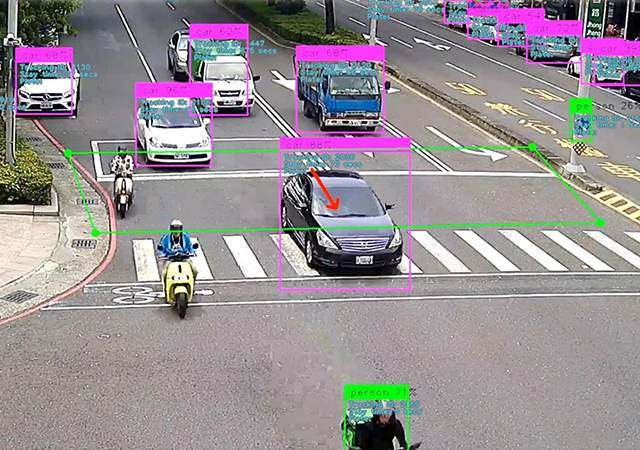
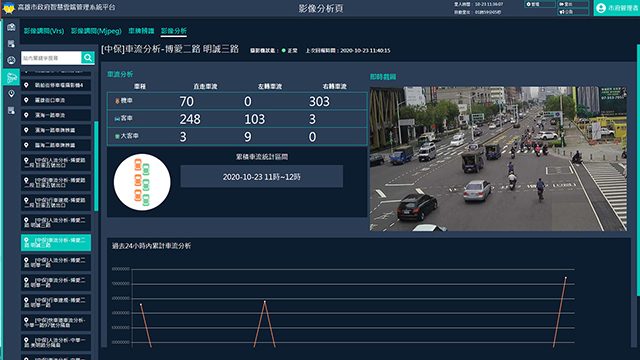
Real-time Traffic Flow Calculation
Analyzing all types of traffic flows at intersections to generate instant statistics on each intersection, hourly aggregate statistics, and historical data search.
In addition, the statistical chart provides fast access to traffic volume, which may be used to formulate traffic control strategies as well as a reference for newly installed intersectional traffic signals.
Pedestrian Flow Analysis
Calculating the relative volume of real-time crowds based on the number of people visible in the image and analyzing the statistics to identify densely populated periods of the area, which can be provided to the relevant authorities for crowd diversion at tourism events or planning for traffic signals and pedestrian zones.

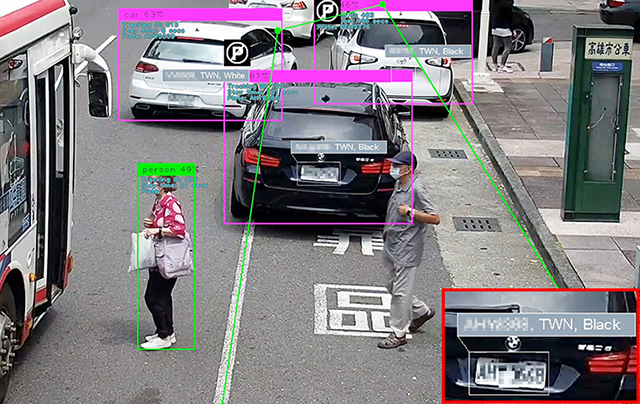
Parking Violation Analysis
When a vehicle enters an unlawful parking area and stays longer than permitted, the speaker on the streetlight pole will broadcast a warning message that can be used to impose a fine if the vehicle does not immediately leave the area. It is expected that the equipment can be a substitute for police enforcement to remedy and minimize opportunistic offenses.
Smart Rail Application
Electronic fence analysis, station pedestrian movement analysis, animal image analysis (including expulsion), railway water status analysis, and digital station bulletin boards are examples of the application. It also features railway analysis, warning and mitigation of abnormalities, and intelligent passenger information service.
Multiple subsystem integration via the IoC management platform. When a system alarm is detected, automated notifications will be issued to the central control room and the trains in the area of the alarm origin, advising the conductor to take caution, thereby enhancing the safety of passing trains and passengers.
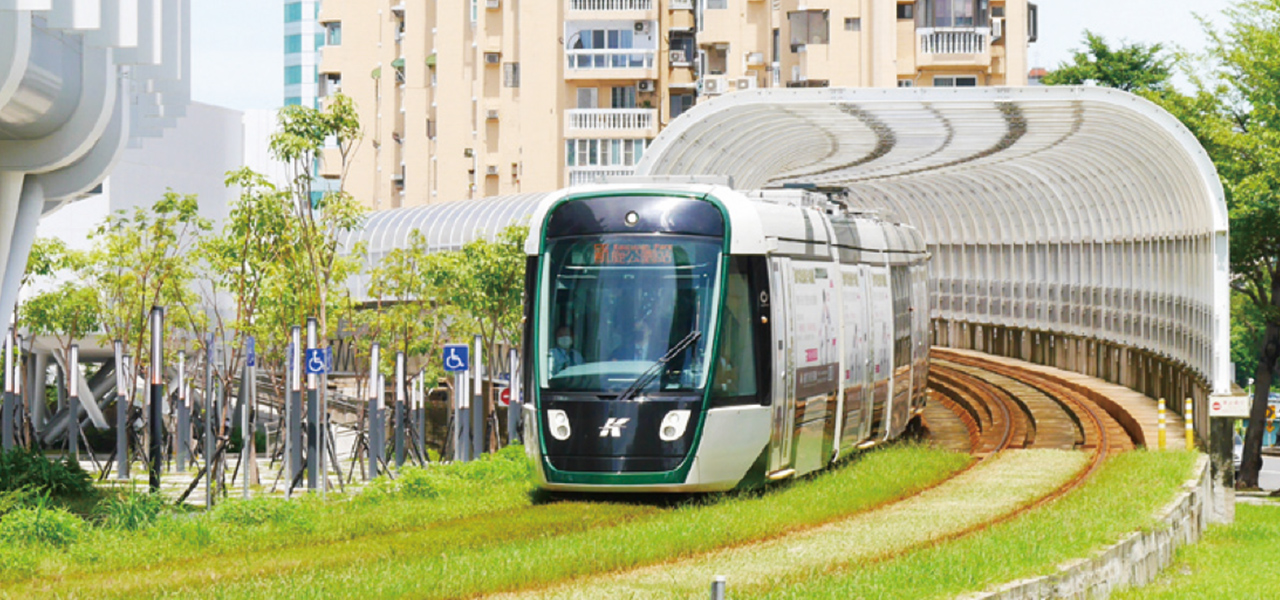
Railway Protection System
Replacing human monitoring with smart management features of the protection system, such as real-time data, notification alerts, equipment connection, and statistical analysis.
